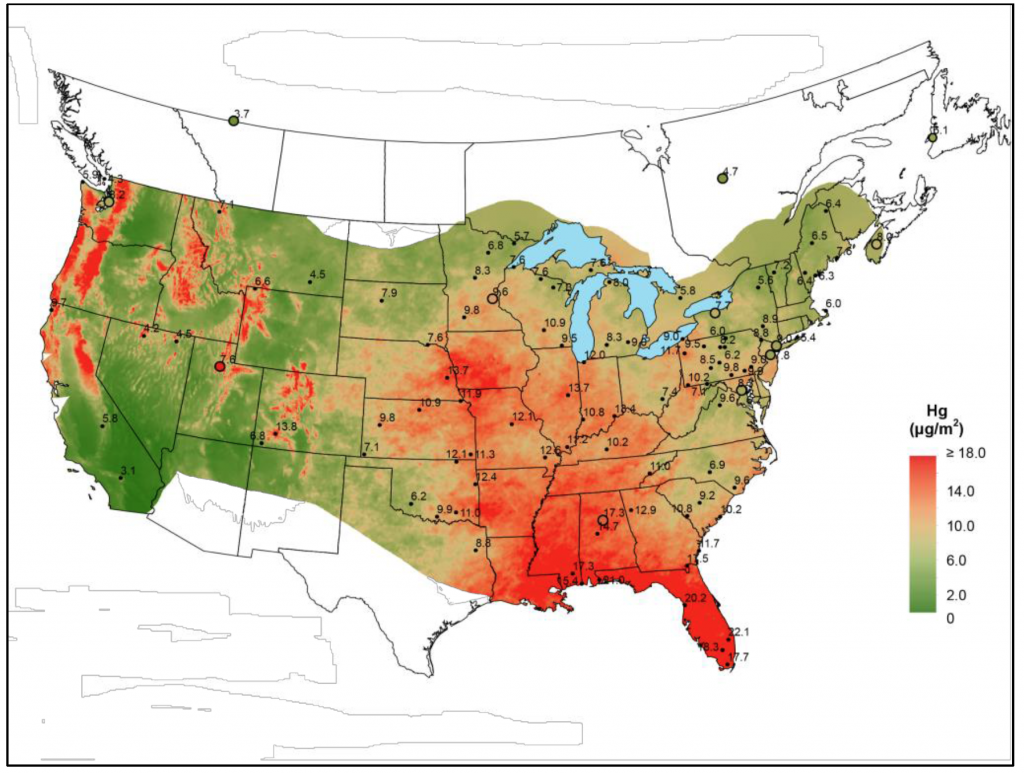When thinking of air pollution, I used to think only of breathing toxic chemicals into our lungs, with uncertain health effects. That’s bad enough, but air pollution — which is everywhere — is also getting into our waterways and penetrating deep into our food webs.
Rivers, lakes and Puget Sound, no body of water escapes toxic chemicals dropping out of the sky.
Until recently, I never gave much thought to the chemicals riding on air currents, secretly falling to the ground, especially during rainstorms. I began to look at the extent of this atmospheric deposition while searching for new angles to explore in my writing about the health of Puget Sound.

I quickly learned that stormwater, which is considered the greatest source of pollution to Puget Sound, is made up of an unknown quantity of airborne contaminants that falls onto the land before being washed into surface water, streams and eventually Puget Sound itself. This was the impetus for my latest story titled “Air contaminants, such as mercury and PCBs, undermine the health of Puget Sound.” I hope you will read it.
I was a bit surprised to find out that scientists have no reliable methods to figure out how much of the toxic chemicals in the water originated as air pollution. This realization shifted my thinking a bit and changed the terminology I use. Stormwater is not a source of pollution but a conveyance or pathway that pollution can follow. “Nonpoint” sources of pollution are not ubiquitous and undefined; they are often a multitude of point sources that are just difficult to trace.
Furthermore, water pollution is not a one-way trip into Puget Sound with some of the contaminants settling down among the sediments. Many chemicals can evaporate and return to the atmosphere, the amount dependent on surface water temperatures, sunlight and chemical volatility. Mercury, in particular, cycles through various phases, not unlike the water cycle, and mercury can be found high in the atmosphere, circling the Earth in a “global mercury pool.”
Some water bodies get their pollution almost entirely from air pollution. If you travel to high-mountain lakes, such as in Olympic National Park, mercury levels in fish can be high enough to trigger health warnings issued to anglers who might have the audacity to eat the fish they catch.
In my story, I described how dragonflies are serving as an indicator for mercury levels in the food web. Volunteer citizen scientists are hiking into national parks throughout the country to capture dragonfly larvae, which may live in lakes and wetlands, accumulating mercury for up to six years. Check out the home page of the Dragonfly Mercury Project.
If you want to understand the dangers of mercury in today’s world, check out “Global Mercury Assessment 2018,” which describes worldwide mercury sources, transport, ecological status and progress in controlling the pollution problem. The report was produced for the United Nations Environment Program.
My story about how air pollution becomes water pollution discusses other contaminants as well, including polychlorinated biphenyls (PCBs), polybrominated diphenyl ethers (PBDEs) and polycyclic aromatic hydrocarbons (PAHs).
Climate change is likely to release airborne contaminants from their hiding places across the landscape. Notably, pollutants that settled down in snow and ice in the Arctic could be unleashed back into the atmosphere during melting conditions. Meanwhile, more frequent wildfires in the coming years could send contaminants bound to soils and vegetation back up into the sky.
As I have learned, airborne contaminants don’t remain airborne forever. Eventually, they settle back down where they can work their way into the food web with significant health consequences for all sorts of creatures, including humans.

No Comments yet!